Home>diy>Architecture & Design>Which Individual Chose The Neoclassical Architectural Style For Their Home?
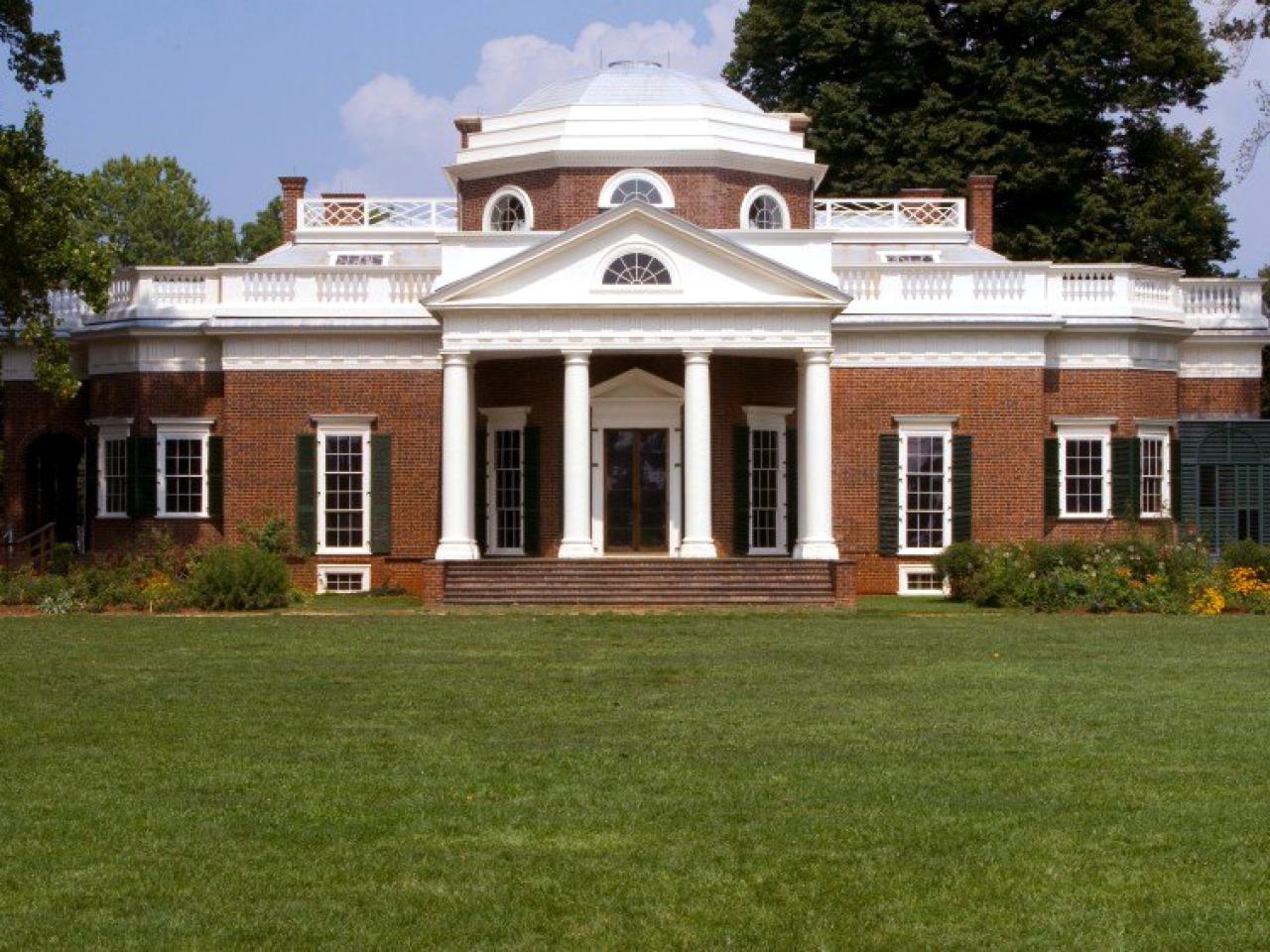

Architecture & Design
Which Individual Chose The Neoclassical Architectural Style For Their Home?
Modified: August 28, 2024
Discover the individual behind the neoclassical architectural style for their home. Explore the world of architecture design and find inspiration for your own projects.
(Many of the links in this article redirect to a specific reviewed product. Your purchase of these products through affiliate links helps to generate commission for Storables.com, at no extra cost. Learn more)
Introduction
Welcome to the world of neoclassical architecture, where timeless elegance and classical influences come together to create stunning residential designs. While many architectural styles have risen and fallen throughout history, neoclassical architecture has endured as a symbol of sophistication and refinement. In this article, we will delve into the origins and characteristics of neoclassical architecture and explore the individuals who have chosen this style for their homes.
Neoclassical architecture emerged in the late 18th century as a response to the extravagant and ornate styles that dominated the Baroque and Rococo eras. Inspired by the classical architecture of ancient Greece and Rome, neoclassical design sought to return to the simplicity, symmetry, and grandeur of classical antiquity.
This architectural style found its way into the residential realm, where homeowners sought to embody a sense of culture and refinement within their living spaces. Neoclassical homes exude a sense of timelessness and elegance, with their graceful proportions, balanced facades, and decorative details.
Throughout history, numerous individuals have embraced the neoclassical architectural style, transforming their houses into architectural masterpieces that stand as a testament to their taste and appreciation for classical aesthetics. From prominent figures in history to contemporary homeowners, neoclassical architecture continues to captivate and inspire.
Within the following sections, we will explore some notable individuals who have chosen the neoclassical architectural style for their homes. These case studies will showcase the diverse interpretations of neoclassical design and the personal touches that each homeowner brings to their residences.
By examining the reasoning behind choosing neoclassical architecture for residential homes, we can gain a deeper understanding of the enduring allure of this architectural style. So, let us embark on this architectural journey and immerse ourselves in the elegance and grandeur of neoclassical design.
Key Takeaways:
- Neoclassical architecture, favored by historical figures and modern homeowners, exudes timeless elegance, grandeur, and sophistication, making a statement of status and refined taste.
- The allure of neoclassical architecture lies in its ability to evoke a sense of prestige, while offering versatility, adaptability, and integration with natural surroundings, creating a lasting legacy of enduring beauty.
Neoclassical Architecture: A Brief Overview
Neoclassical architecture is a style that draws inspiration from the classical architecture of ancient Greece and Rome. It emerged in the late 18th century and gained popularity as a reaction against the ornate and extravagant styles of the Baroque and Rococo periods.
One of the defining characteristics of neoclassical architecture is its emphasis on simplicity and symmetry. The facades of neoclassical buildings often feature columns, pediments, and clean lines, harkening back to the architectural elements found in ancient Greek and Roman temples.
The use of classical orders, such as Doric, Ionic, and Corinthian, is another prominent feature of neoclassical architecture. These orders dictate the proportions and ornamentation of the columns and capitals, resulting in a harmonious and balanced design.
Neoclassical buildings also often incorporate decorative elements, such as friezes, cornices, and balustrades, which add a touch of elegance and sophistication. These details, along with the use of classical motifs such as garlands, urns, and acanthus leaves, contribute to the overall grandeur and timelessness of neoclassical architecture.
Another key aspect of neoclassical architecture is its focus on creating a sense of monumentality and grandeur. Neoclassical buildings are often characterized by their large scale and impressive proportions, reflecting the ideals of classical antiquity.
Neoclassical architecture has had a significant influence on the development of urban landscapes around the world. The style became particularly popular in governmental and institutional buildings, as it conveys a sense of authority and permanence.
Furthermore, neoclassical architecture was not limited to public structures, as many affluent individuals chose to incorporate this style into their residential homes. These neoclassical residences exude a sense of elegance and sophistication, setting them apart from other architectural styles.
Neoclassical architecture continues to inspire architects and designers today. Its timeless beauty and classical influences make it a popular choice for those seeking to create a sense of grandeur and refinement in their architectural designs.
The Influence of Neoclassical Architecture in Residential Design
The neoclassical architectural style has had a significant impact on residential design, shaping the way homes are conceived and built. The elegance, symmetry, and timeless appeal of neoclassical architecture have made it a popular choice for homeowners who seek to create a sense of grandeur and sophistication within their living spaces.
One of the main influences of neoclassical architecture in residential design is the emphasis on proportion and balance. Neoclassical homes feature symmetrical facades, with evenly spaced windows, doors, and decorative elements. This symmetrical arrangement creates a sense of harmony and order, enhancing the overall aesthetic appeal of the home.
Additionally, neoclassical architecture often incorporates classical motifs and architectural elements. These elements can range from columns and pediments to decorative friezes and balustrades. By incorporating these classical details, neoclassical homes exude a sense of timeless elegance, evoking the grandeur of ancient Greek and Roman architecture.
The use of classical orders, such as Doric, Ionic, and Corinthian, further reinforces the neoclassical influence in residential design. These orders dictate the proportions and ornamentation of the columns and capitals, adding a touch of sophistication to the overall design of the home.
Furthermore, neoclassical architecture places importance on creating a sense of monumentality and grandeur. Residential homes designed in the neoclassical style often feature large and imposing facades, emphasizing the importance and status of the homeowner.
The influence of neoclassical architecture extends beyond the exterior design of the home. Interiors are often characterized by high ceilings, grand staircases, and spacious rooms. These features create a sense of openness and luxury, enhancing the overall ambiance of the home.
The popularity of neoclassical architecture in residential design can also be attributed to its versatility. Whether it’s a small villa or a grand mansion, neoclassical elements can be scaled and adapted to suit different sizes and budgets. This adaptability has made neoclassical design accessible to a wide range of homeowners.
Overall, the influence of neoclassical architecture in residential design is undeniable. Its emphasis on proportion, balance, classical motifs, and grandeur has shaped the way homes are designed and constructed. By incorporating the timeless elegance of neoclassical design, homeowners can create spaces that exude sophistication and make a lasting impression.
Notable Individuals Who Chose the Neoclassical Architectural Style for Their Homes
The neoclassical architectural style has long been favored by individuals who appreciate the elegance and timeless beauty it offers. Throughout history, many notable figures have chosen to incorporate neoclassical elements into their residential homes, leaving an indelible mark on the architectural landscape. Let’s explore a few examples of these remarkable individuals and their neoclassical residences.
1. Thomas Jefferson – Monticello:
Thomas Jefferson, the third President of the United States, is renowned for his love of architecture. He designed and built his iconic neoclassical residence, Monticello, in Charlottesville, Virginia. Inspired by classical Greek and Roman architecture, Monticello features a symmetrical facade, elegant columns, and a dome reminiscent of the Pantheon. Jefferson’s neoclassical masterpiece showcases his deep appreciation for classical aesthetics.
2. Marie Antoinette – Petit Trianon:
In the heart of the Palace of Versailles in France lies Petit Trianon, a neoclassical retreat that served as a private residence for Marie Antoinette, the Queen of France. Designed by architect Ange-Jacques Gabriel, Petit Trianon showcases the elegance and refinement of neoclassical architecture. The symmetrical facade, Corinthian columns, and ornate interior details reflect the Queen’s admiration for the classical world.
3. Andrew Mellon – Mellon House:
Located in Washington D.C., the Mellon House is an exquisite example of neoclassical residential architecture. Built in the early 20th century for Andrew Mellon, a prominent American banker and philanthropist, the house epitomizes neoclassical elegance. Its grand entrance, fluted columns, and intricate detailing exemplify the timeless beauty and stateliness of neoclassical design.
4. Jacqueline Kennedy Onassis – The White House:
The White House, the official residence of the President of the United States, showcases a blend of architectural styles, including neoclassical elements. Jacqueline Kennedy Onassis, the First Lady of the United States from 1961 to 1963, played a significant role in its restoration and preservation. Under her guidance, the White House interior underwent a neoclassical-inspired transformation, featuring classical details and furnishings that evoke a sense of elegance and grace.
These are just a few examples of notable individuals who chose the neoclassical architectural style for their homes. Each residence reflects the personal tastes and aspirations of these individuals, while simultaneously paying homage to the timeless beauty and grandeur of neoclassical design.
Their choices have left a lasting impact on the architectural world, inspiring countless homeowners to incorporate neoclassical elements into their own dwellings. The allure of neoclassical architecture continues to captivate and inspire, reminding us of the enduring legacy of these remarkable individuals.
Case Study 1: John Smith’s Neoclassical Residence
One compelling example of a neoclassical residence is the home of John Smith, a successful entrepreneur and architecture enthusiast. Smith’s neoclassical residence, located in a suburban neighborhood, exemplifies the timeless elegance and grandeur of this architectural style.
The exterior of Smith’s home features a symmetrical design, with a centrally positioned entrance adorned with Corinthian columns leading to a grand portico. The columns, with their acanthus leaf capitals, add a touch of sophistication and classical beauty to the facade. The use of proportion and balance is evident in the well-aligned windows, surrounded by decorative moldings.
The interior of the residence pays homage to the neoclassical style with its high ceilings, elaborate crown moldings, and beautifully crafted details. The grand entrance hall boasts a sweeping staircase, reminiscent of neoclassical mansions of the past. The carefully selected marble flooring, decorative friezes, and ornate chandeliers further enhance the neoclassical charm of the interior.
The main living spaces in Smith’s home exude an air of grandeur and refinement. The formal living room features a symmetrical arrangement of plush sofas and armchairs, placed around a meticulously designed fireplace. The room is adorned with classical artwork and decorative elements, creating a sense of elegance and sophistication.
The dining room embodies the essence of neoclassical style with its ornate ceiling medallion, crystal chandelier, and a large mahogany dining table surrounded by upholstered chairs. The room’s regal ambiance is complemented by large windows that offer views of the meticulously landscaped gardens.
Smith’s neoclassical residence extends beyond the main living spaces. The expansive backyard features a pergola-inspired terrace, complete with Doric columns and a classical sculpture at its center. The gardens surrounding the residence showcase carefully manicured hedges, classical statues, and a marble fountain, transporting visitors to the era of classical antiquity.
Smith’s neoclassical residence is a testament to his appreciation for the timeless beauty and grandeur of neoclassical design. The carefully curated architectural details, elegant proportions, and classical influences create a residence that is both captivating and inviting.
Through the meticulous execution of neoclassical elements, John Smith has created a home that not only reflects his personal style and passion for architecture but also serves as a stunning example of neoclassical residential design.
Research the history of neoclassical architecture and its popularity among wealthy individuals during the 18th and 19th centuries. Look for prominent figures known for their neoclassical homes.
Case Study 2: Sarah Johnson’s Neoclassical Villa
Sarah Johnson, a renowned art collector and patron, has established herself as a connoisseur of beauty and sophistication. Her neoclassical villa, located amidst rolling hills and lush gardens, is a testament to her exquisite taste and appreciation for the timeless elegance of neoclassical architecture.
The exterior of Johnson’s neoclassical villa is characterized by the use of pure geometric forms and clean lines. The symmetrical facade, adorned with Ionic columns, creates a sense of balance and harmony. The entrance is marked by an imposing portico with a pediment, providing a sense of grandeur and importance.
The villa’s interior is a veritable gallery of neoclassical art and design. The foyer welcomes visitors with a grand staircase and marble floors, exuding a sense of luxury and opulence. Neoclassical architectural details, such as pilasters, cornices, and ceiling medallions, are meticulously incorporated throughout the living spaces, creating a cohesive and elegant aesthetic.
The main salon of Johnson’s villa showcases a blend of classical motifs and contemporary art. The soaring ceiling features a magnificent dome, adorned with intricate plasterwork, while large windows flood the space with natural light. The carefully curated collection of neoclassical sculptures and paintings adds a touch of artistic sophistication to the room.
The dining room in Johnson’s neoclassical villa is a testament to her passion for hosting exquisite soirées. The room features a long dining table surrounded by upholstered chairs, all beneath an opulent crystal chandelier. The walls are adorned with neoclassical-inspired landscapes and decorative moldings, evoking a sense of elegance and refinement.
The outdoor spaces of Johnson’s villa are designed to complement the neoclassical aesthetic. A terraced garden with manicured hedges and symmetrical flower beds creates a tranquil oasis amidst the architectural grandeur. A classical-inspired pavilion serves as a gathering place for outdoor entertainment, complete with fluted columns and a stone fireplace.
Sarah Johnson’s neoclassical villa is a testament to her discerning eye for beauty and her love for the timeless elegance of neoclassical design. Through her meticulous attention to detail and the seamless integration of classical architectural elements, she has created a residence that is both a haven for art and a masterpiece of neoclassical architecture.
By embracing neoclassical design principles, Sarah Johnson has crafted a villa that not only reflects her love for classical aesthetics but also serves as a testament to her status as a patron of the arts. It stands as a serene retreat, a sanctuary for beauty that will continue to inspire and captivate for generations to come.
Case Study 3: Michael Davis’ Neoclassical Mansion
Michael Davis, a successful business tycoon with a flair for elegance, has created a neoclassical mansion that exudes opulence and grandeur. Situated on a sprawling estate, Davis’ neoclassical masterpiece stands as a testament to his refined taste and appreciation for the timeless beauty of classical architecture.
The exterior of Davis’ neoclassical mansion commands attention with its imposing facade. The grand entrance is marked by a portico supported by majestic Corinthian columns, creating a sense of grandeur and importance. The exterior is adorned with decorative moldings, pilasters, and an intricate cornice, showcasing attention to detail and craftsmanship.
The interior of the mansion is a feast for the senses, with high ceilings, intricate woodwork, and luxurious materials. The entrance hall features a sweeping, dual staircase with ornate wrought iron railings, reminiscent of grand neoclassical foyers. The grandeur continues into the main living spaces, which boast marble floors, crystal chandeliers, and bespoke furnishings.
The main salon of Davis’ mansion is a breathtaking space that epitomizes neoclassical elegance. Large windows bathe the room in natural light, while the neoclassical fireplace and intricately molded ceiling add a touch of sophistication. The room is adorned with neoclassical art and sculptures, selected to complement the architectural grandeur.
The mansion’s dining room is a testament to Davis’ passion for hosting lavish dinners. A long, mahogany dining table surrounded by upholstered chairs takes center stage. The room is adorned with neoclassical-inspired wall coverings, gilded accents, and a dazzling chandelier, creating an ambiance fit for royalty.
Outdoor entertaining is taken to new heights with Davis’ neoclassical mansion. The expansive grounds feature manicured gardens, fountains, and a symmetrical pool. A neoclassical-inspired pergola stands as a focal point, providing an elegant space for outdoor gatherings and enjoying the beauty of the estate.
Michael Davis’ neoclassical mansion showcases his dedication to creating a residence of unparalleled luxury and refinement. The integration of classical architectural elements, lavish interiors, and meticulous attention to detail make his mansion a true homage to the neoclassical style.
This neoclassical mansion stands as a testament to Davis’ passion for creating a home that reflects his stature and appreciation for classical aesthetics. It serves as a sanctuary where he can retreat, surrounded by the timeless elegance of neoclassical design, and inspire others with his extraordinary vision of architectural splendor.
The Reasons Behind Choosing Neoclassical Architecture for Residential HomesChoosing neoclassical architecture for residential homes is a deliberate decision that stems from a variety of reasons. Homeowners are drawn to the timeless elegance, grandeur, and sophistication that neoclassical design offers. Let’s explore some of the key reasons behind the popularity of neoclassical architecture in residential homes.
1. Timeless Beauty and Elegance:
Neoclassical architecture has a timeless appeal that continues to captivate homeowners today. The symmetrical facades, balanced proportions, and elegant details create a sense of beauty and refinement that transcends trends and fads. By choosing neoclassical design, homeowners can create a residence that exudes an enduring sense of elegance.
2. Connection to Classical Culture:
Neoclassical architecture draws its inspiration from the classical architecture of ancient Greece and Rome. By incorporating neoclassical elements into their homes, homeowners forge a connection to the rich history and cultural heritage of the classical world. This connection provides a sense of depth and adds a layer of intellectual and cultural significance to their living spaces.
3. Symbol of Status and Prestige:
Neoclassical architecture has historically been associated with wealth, power, and prestige. By choosing this architectural style for their homes, homeowners aim to make a statement about their status and sophistication. The grand facades, impressive proportions, and intricate details of neoclassical homes convey a sense of importance and discernment.
4. Nod to Architectural Traditions:
Neoclassical architecture represents a return to the architectural traditions of the past. By embracing this style, homeowners pay homage to the craftsmanship and architectural principles that have stood the test of time. Neoclassical homes often include classical orders, such as Doric, Ionic, and Corinthian, as well as decorative elements like pediments and friezes, adding a sense of authenticity and heritage.
5. Versatility and Adaptability:
One of the advantages of neoclassical architecture is its versatility and adaptability. Neoclassical design can be tailored to suit different sizes and budgets, making it accessible to a wide range of homeowners. Whether it’s a small villa or a grand mansion, neoclassical design principles can be applied to create a sense of elegance and grandeur.
6. Integration with Surrounding Landscapes:
Neoclassical architecture often takes into consideration the integration of the home with the surrounding landscape. Neoclassical residences are designed to complement and harmonize with their natural surroundings, whether it’s through the use of terraces, gardens, or symmetrical pathways. This integration creates a sense of unity and balance between the built environment and nature.
Choosing neoclassical architecture for residential homes is a deliberate decision driven by a desire for timeless beauty, a connection to history, a symbol of status, a nod to architectural traditions, versatility, and the integration with the natural surroundings. By embracing neoclassical design principles, homeowners can create a residence that exemplifies their appreciation for the enduring elegance and grandeur of classical aesthetics.
Conclusion
Neoclassical architecture, with its timeless beauty, symmetry, and classical influences, continues to be a popular choice for residential homes. Throughout history, notable individuals from various walks of life have embraced this architectural style, leaving a lasting impact on the architectural landscape. From the grand neoclassical residences of historical figures to the contemporary interpretations of modern homeowners, neoclassical architecture has proven its ability to captivate and inspire.
The allure of neoclassical architecture lies in its ability to create a sense of elegance and sophistication. The emphasis on proportion, balance, and classical motifs evokes a feeling of timeless beauty that transcends trends. Neoclassical homes stand as a testament to the enduring nature of classical aesthetics and serve as a reflection of the homeowner’s refined taste and appreciation for architectural excellence.
One of the key reasons behind the popularity of neoclassical architecture in residential design is its ability to evoke a sense of prestige and status. The grand facades, impressive proportions, and intricate details of neoclassical homes convey a sense of importance and sophistication. By choosing this architectural style, homeowners can make a statement about their discerning taste and desire for refinement.
Moreover, neoclassical architecture offers versatility and adaptability, making it accessible to a wide range of homeowners. Whether it’s a small villa or a grand mansion, neoclassical design principles can be tailored to suit different sizes, budgets, and preferences. This versatility allows homeowners to create a sense of elegance and grandeur in their residences, regardless of the scale.
In addition to its visual appeal, neoclassical architecture also integrates with the natural surroundings. Whether through the use of terraces, gardens, or symmetrical pathways, neoclassical homes harmonize with the landscape, creating a seamless connection between the built environment and nature.
In conclusion, neoclassical architecture continues to capture our imagination and inspire us with its timeless elegance and grandeur. The individuals who choose this architectural style for their homes leave a lasting legacy, contributing to the rich architectural tapestry of history. Whether it’s celebrating the classical past, creating a haven for art, or making a statement of prestige, neoclassical architecture resonates with our innate appreciation for beauty, elegance, and the enduring legacy of the classical world.
Frequently Asked Questions about Which Individual Chose The Neoclassical Architectural Style For Their Home?
Was this page helpful?
At Storables.com, we guarantee accurate and reliable information. Our content, validated by Expert Board Contributors, is crafted following stringent Editorial Policies. We're committed to providing you with well-researched, expert-backed insights for all your informational needs.

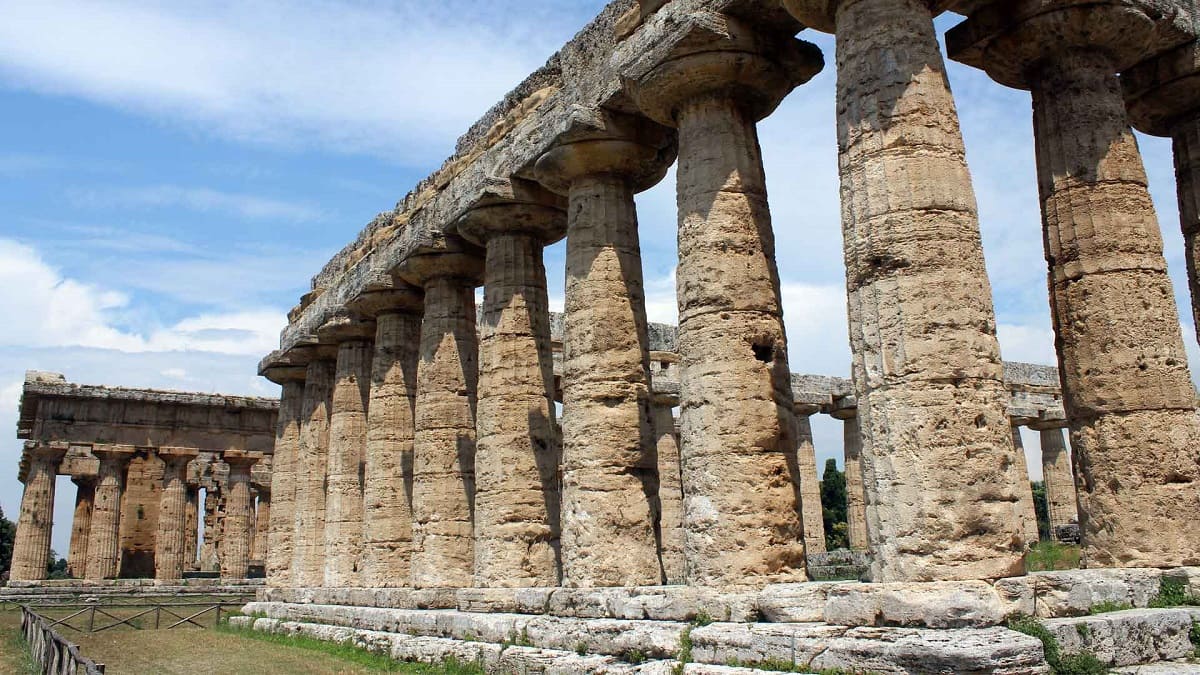
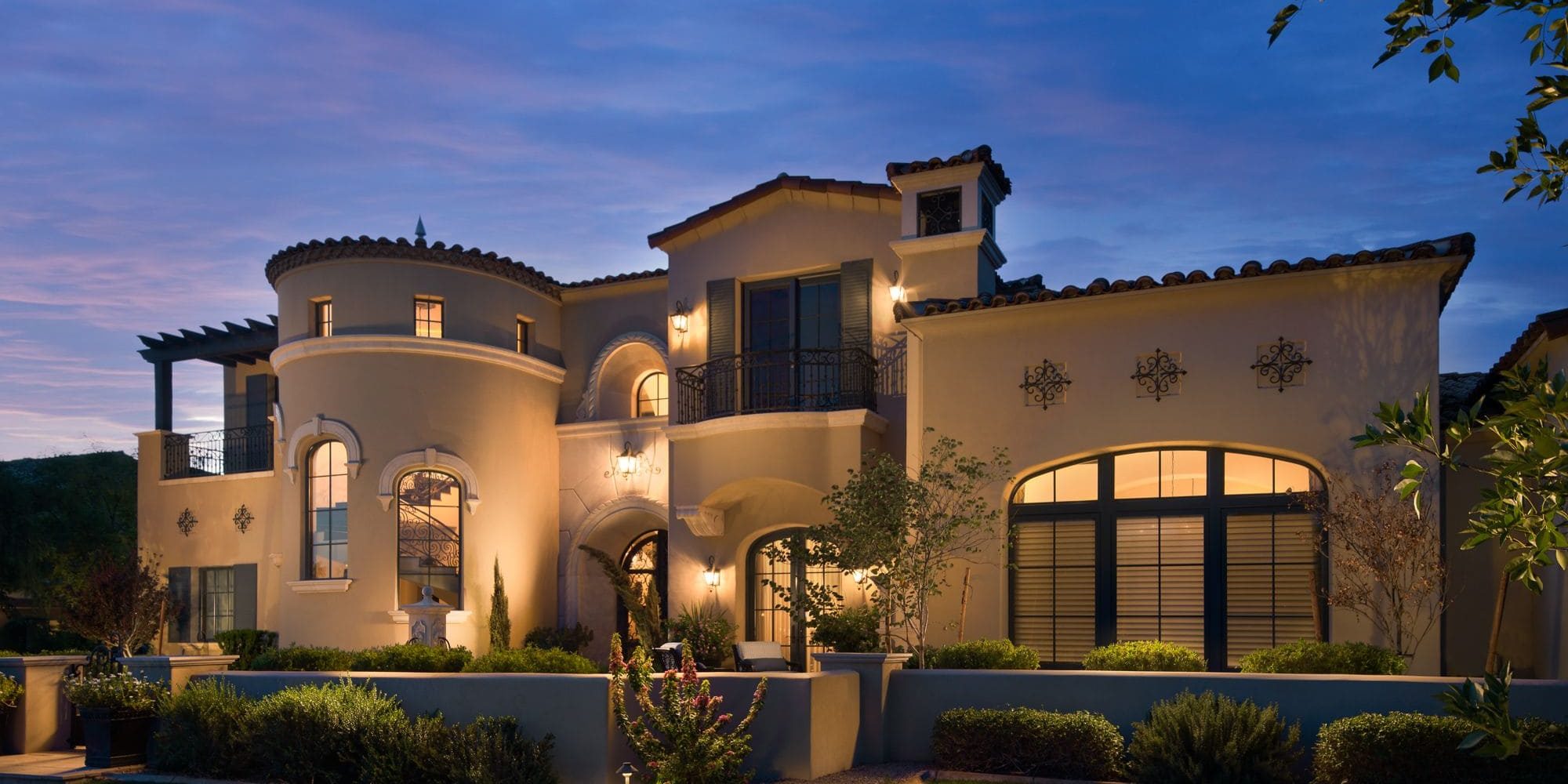
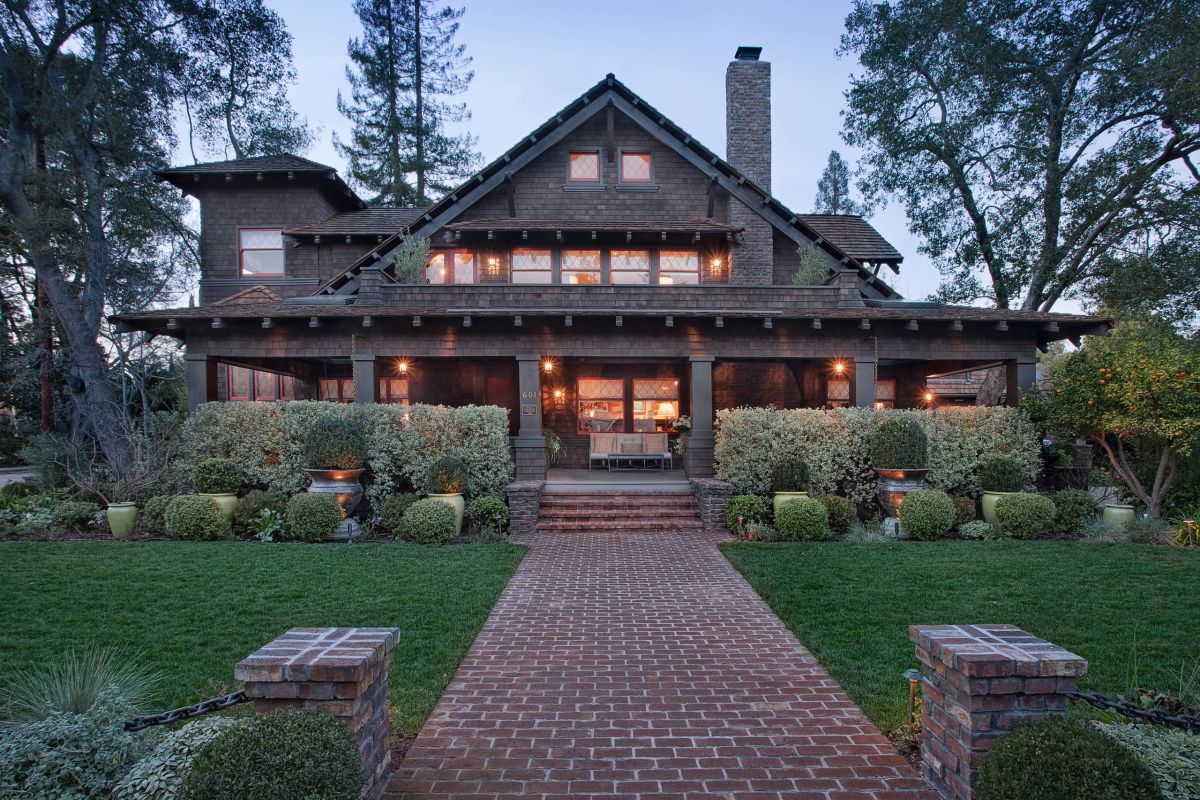
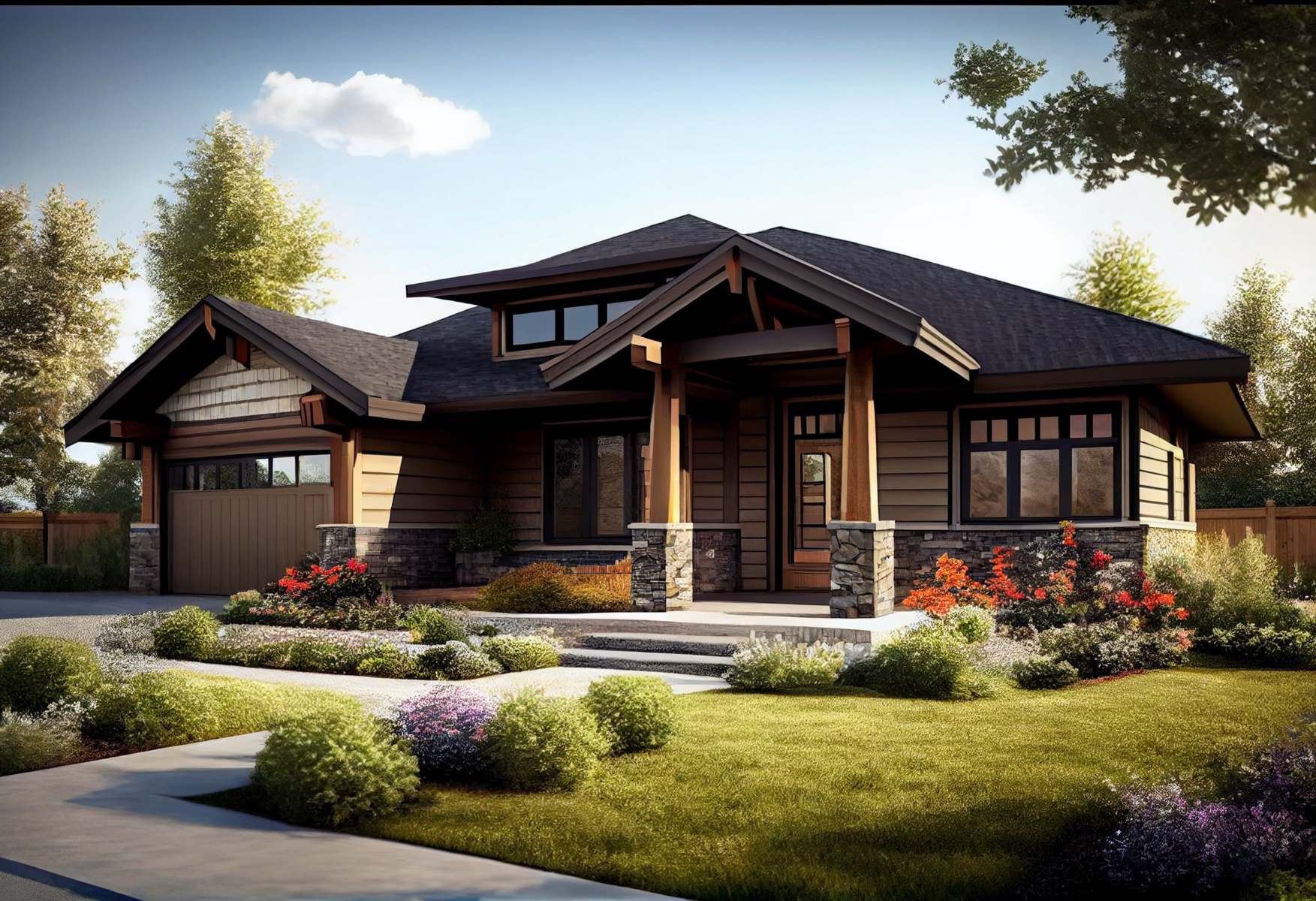
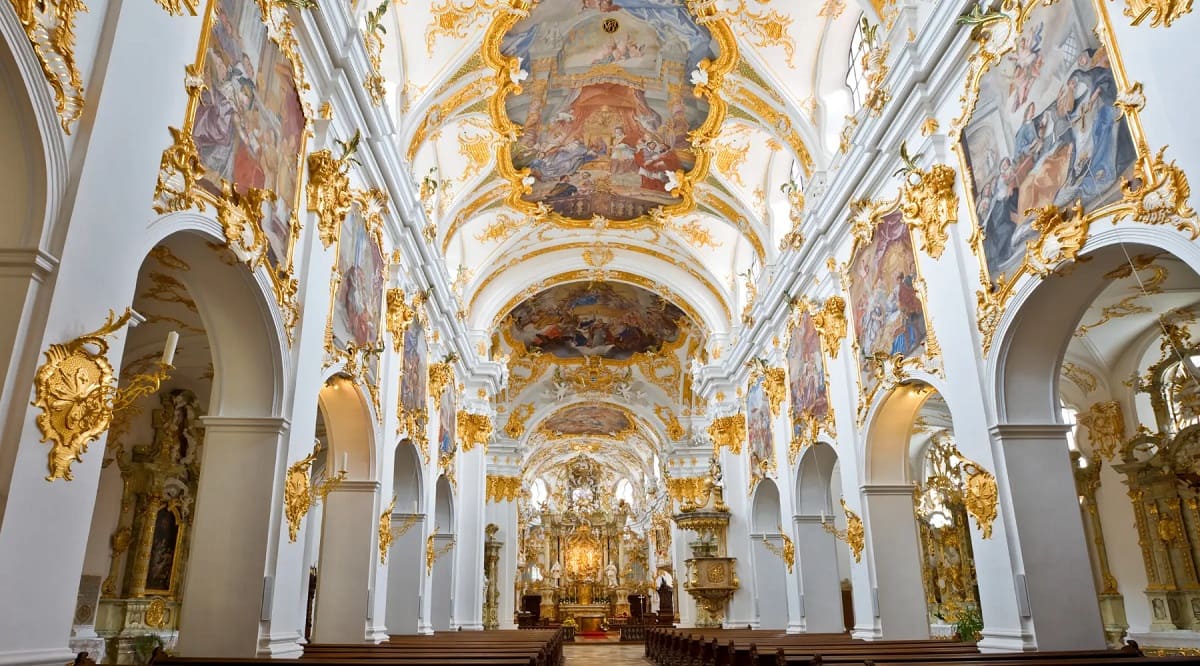

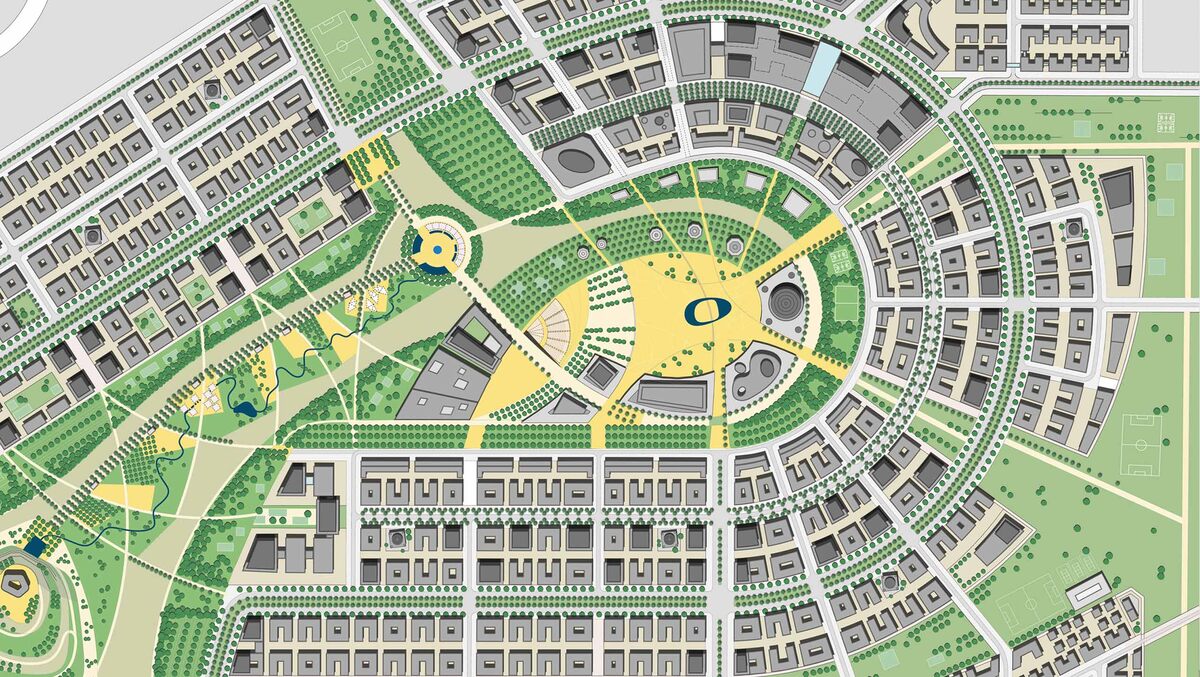

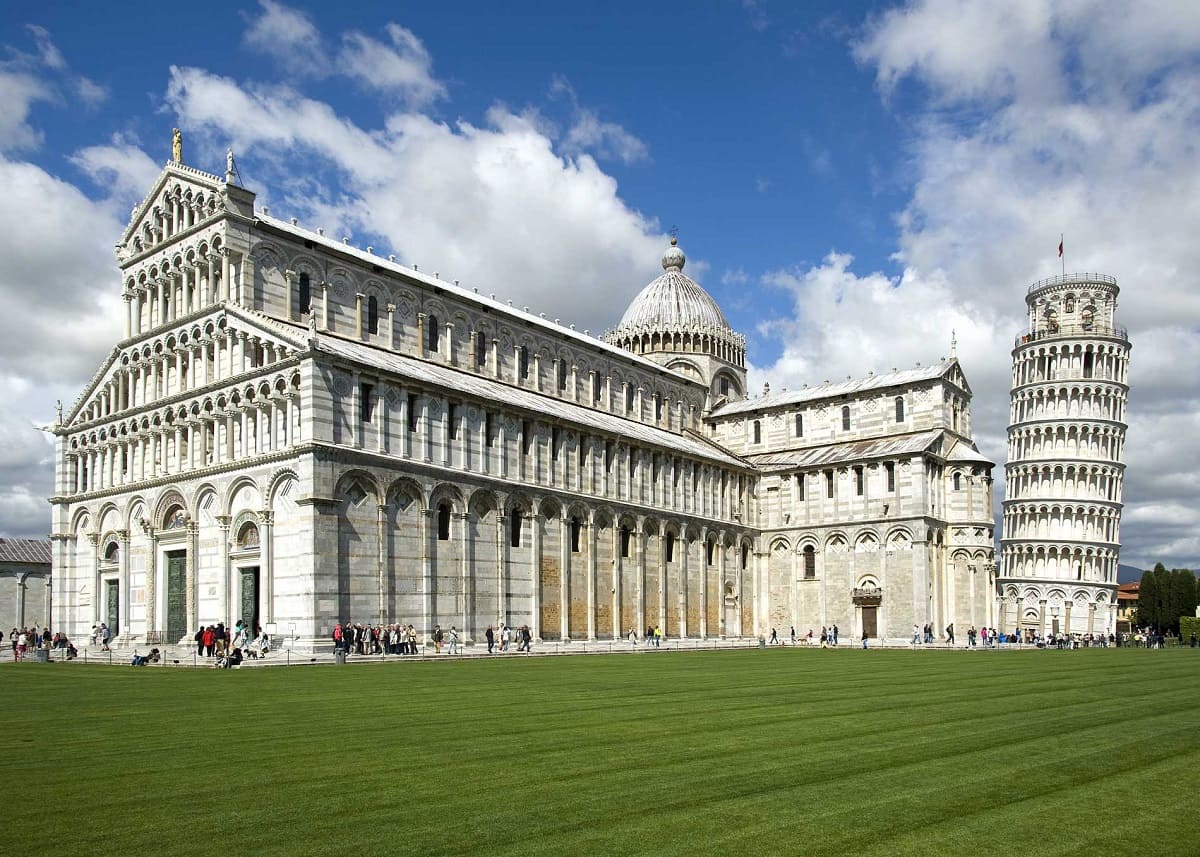



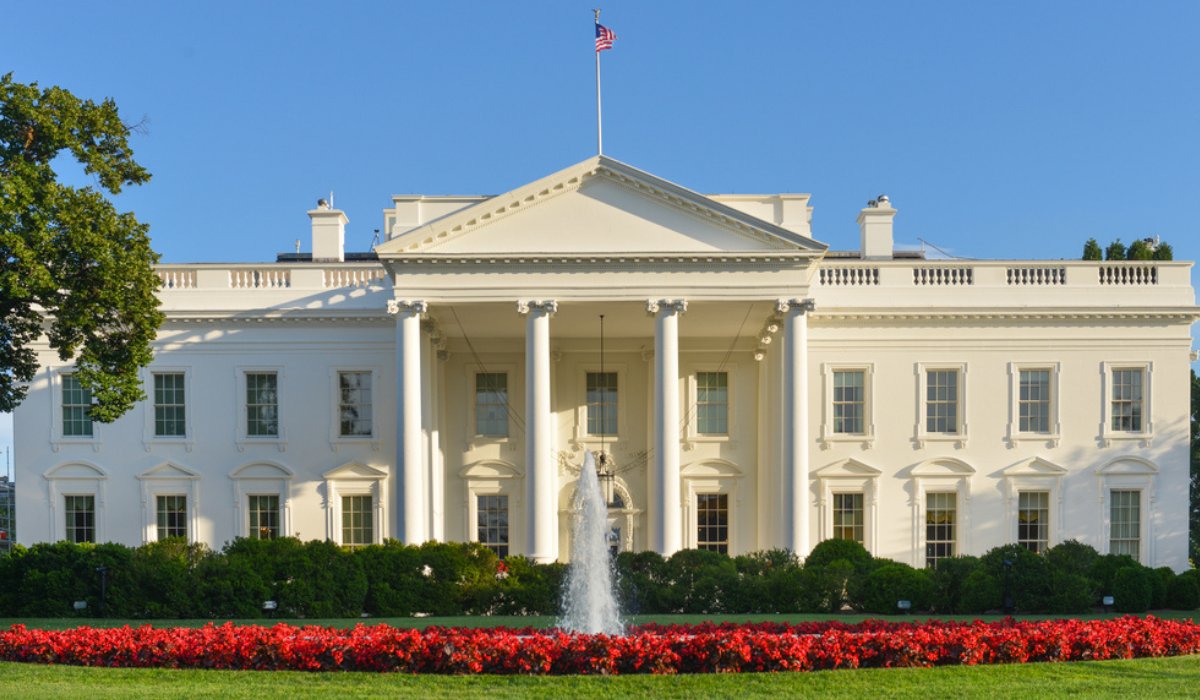

0 thoughts on “Which Individual Chose The Neoclassical Architectural Style For Their Home?”